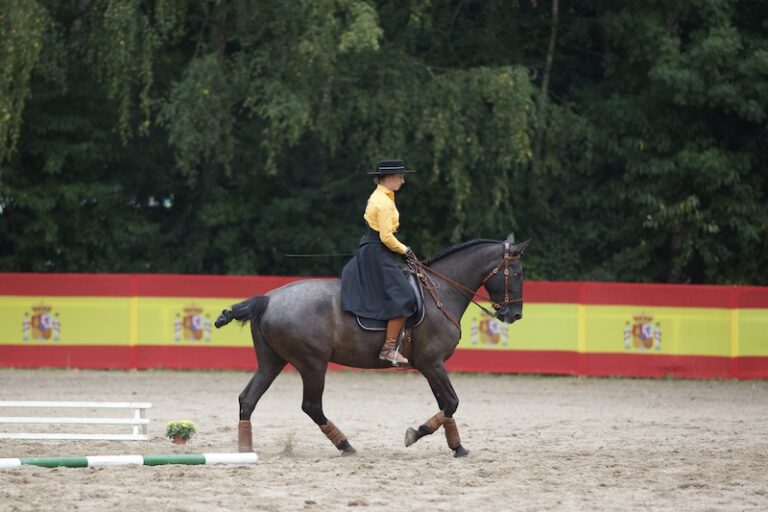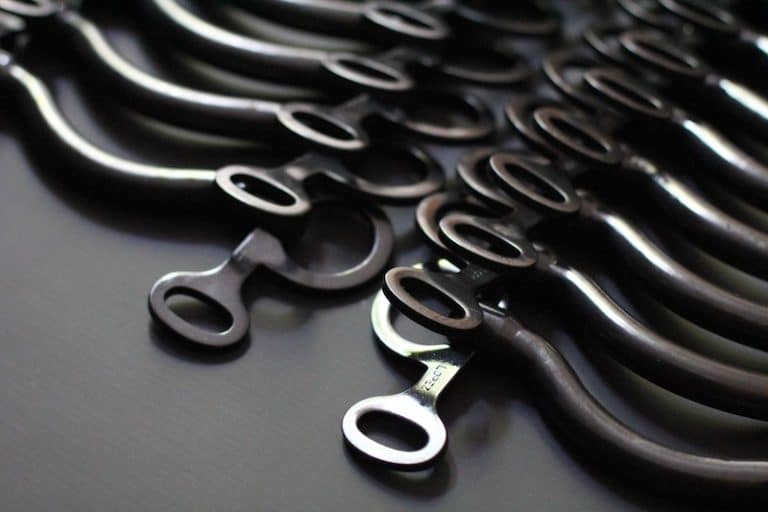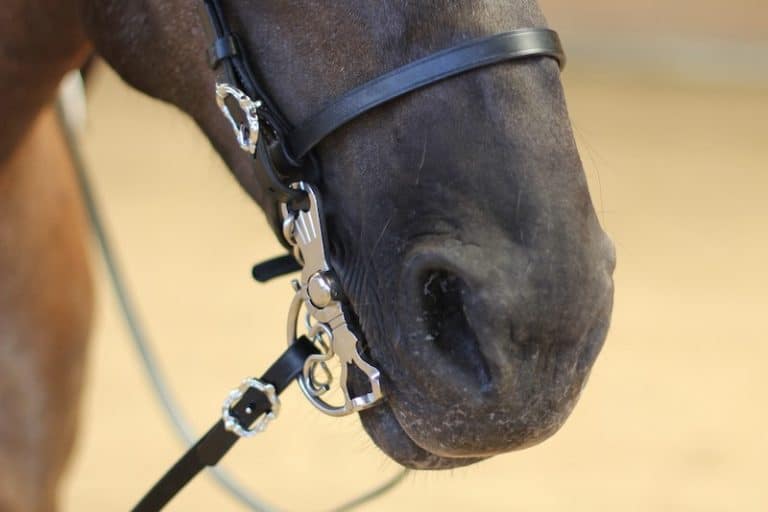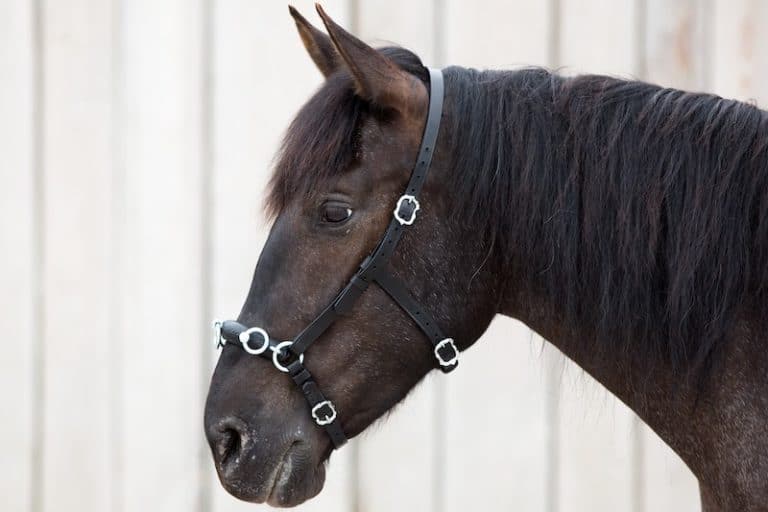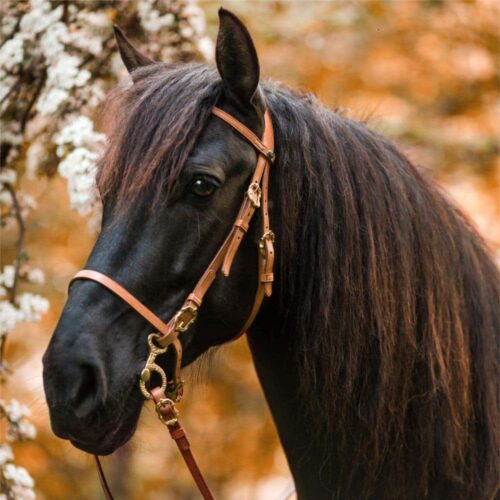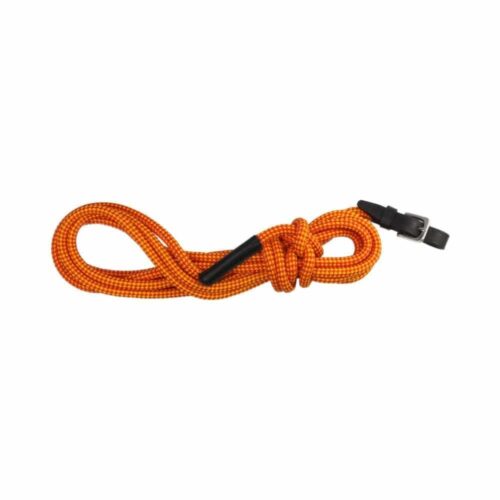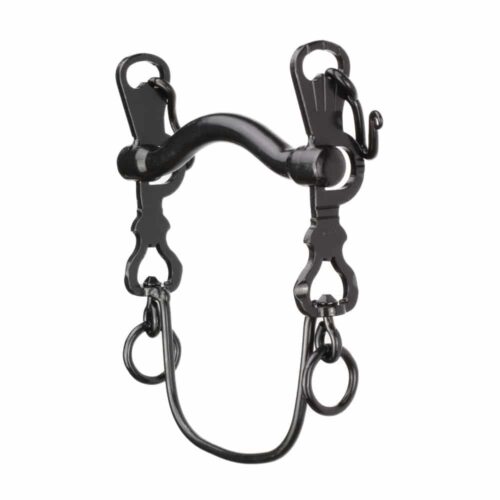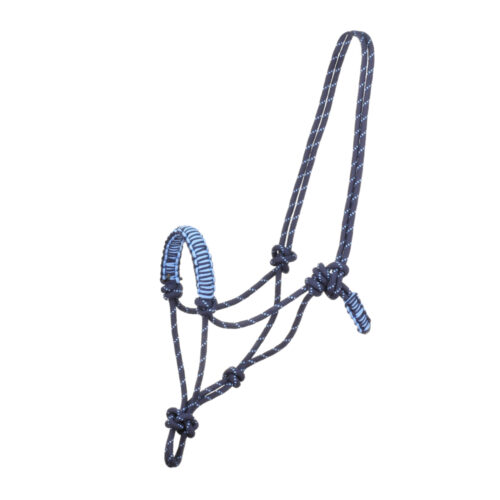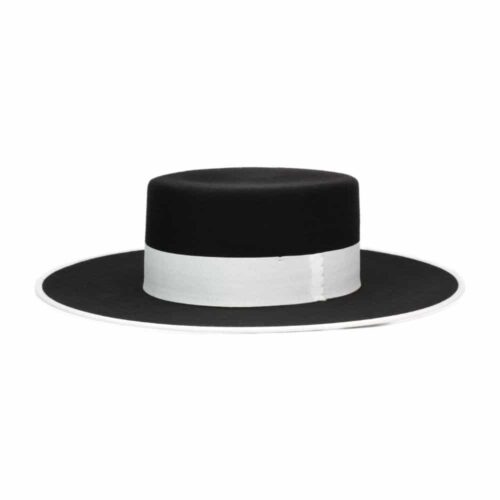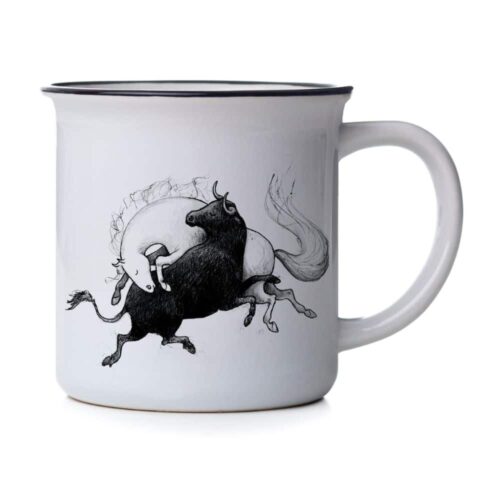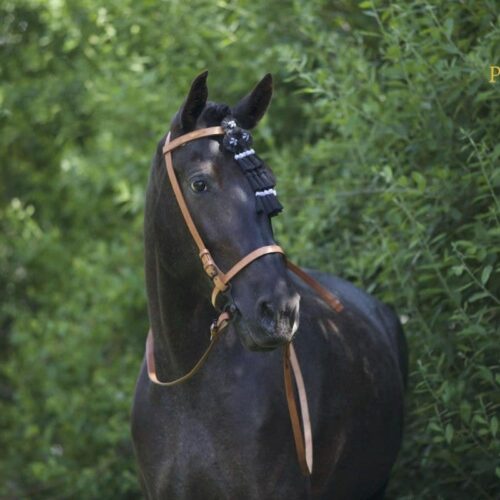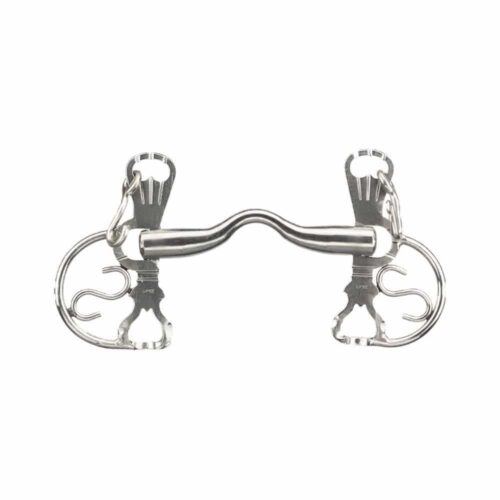Find out more about the newsletter and the voucher conditions here. By registering, you agree to our privacy policy.
Classical-Iberian riding style
The applied dressage - Doma de Campo, Doma Vaquera and Doma de Trabajo
Doma de Campo is the original riding style of the Vaqueros, the Spanish cattle herders. It is therefore characterized by the daily work with the herds of cattle and requires a high degree of flexibility and speed from horse and rider. Lessons such as full parades from the canter, traversals, pirouettes and flying changes are used in a very practical way and are essential to ensure quick reactions when working in the field.
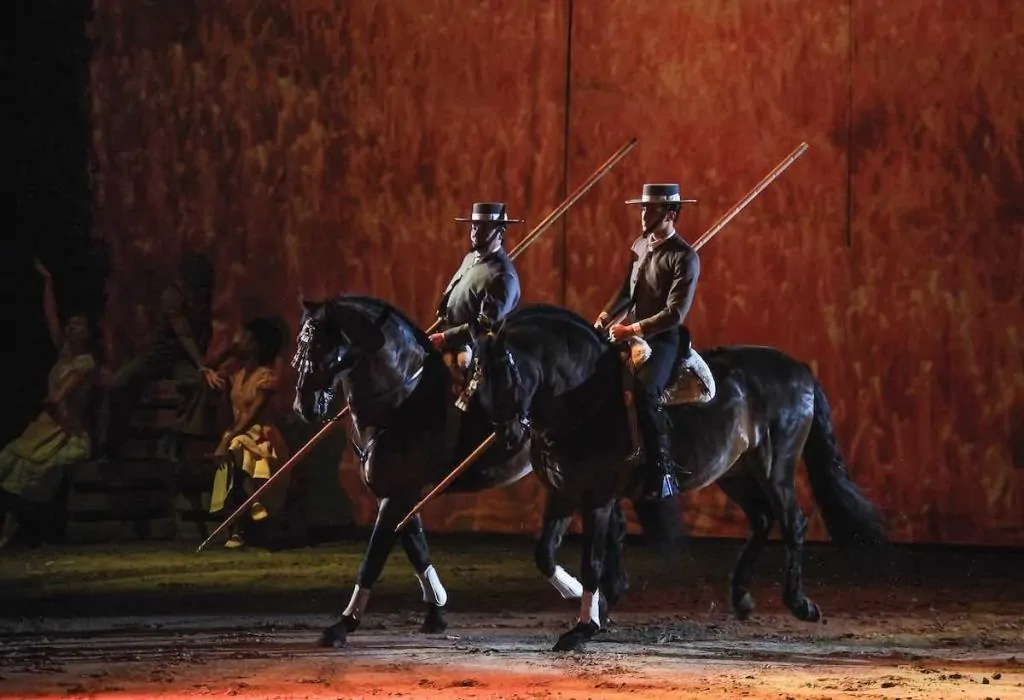
The predominant gaits are walk and canter. The aim of this riding style is to have a horse that is sensitive to weight and leg aids, so that the reins are ultimately held with one hand on the bare Curb Bit . This also leaves the right hand free to guide the garrocha. The garrocha is an approx. 3.5 m long wooden pole that is used to select the cattle. In Germany, the garrocha is not only a popular tool for elegant displays and show performances. One-handed riding with a garrocha can also provide valuable new stimuli in training at home - the rider has to focus more on weight and leg aids. The horse's ability to collect and suppleness are encouraged. Doma Vaquera refers to both the riding style of Vaqueros and the associated competition discipline. Doma de Trabajo is the Spanish term for competitions in the Working Equitation.
Portuguese riding culture - Equitação à Portuguesa
Similar to Spain, the Portuguese riding tradition, Equitação à Portuguesa, is characterized by work on cattle and bull breeding. The Portuguese cattle herder is known as a campino and also uses a long wooden stick, the pampilho, as a work tool.
Equitação de Trabalho is the Portuguese term for competitions in the equestrian discipline Working Equitation. Portugal is considered one of the leading nations in international competitions.
→ Read more about Working Equitation...
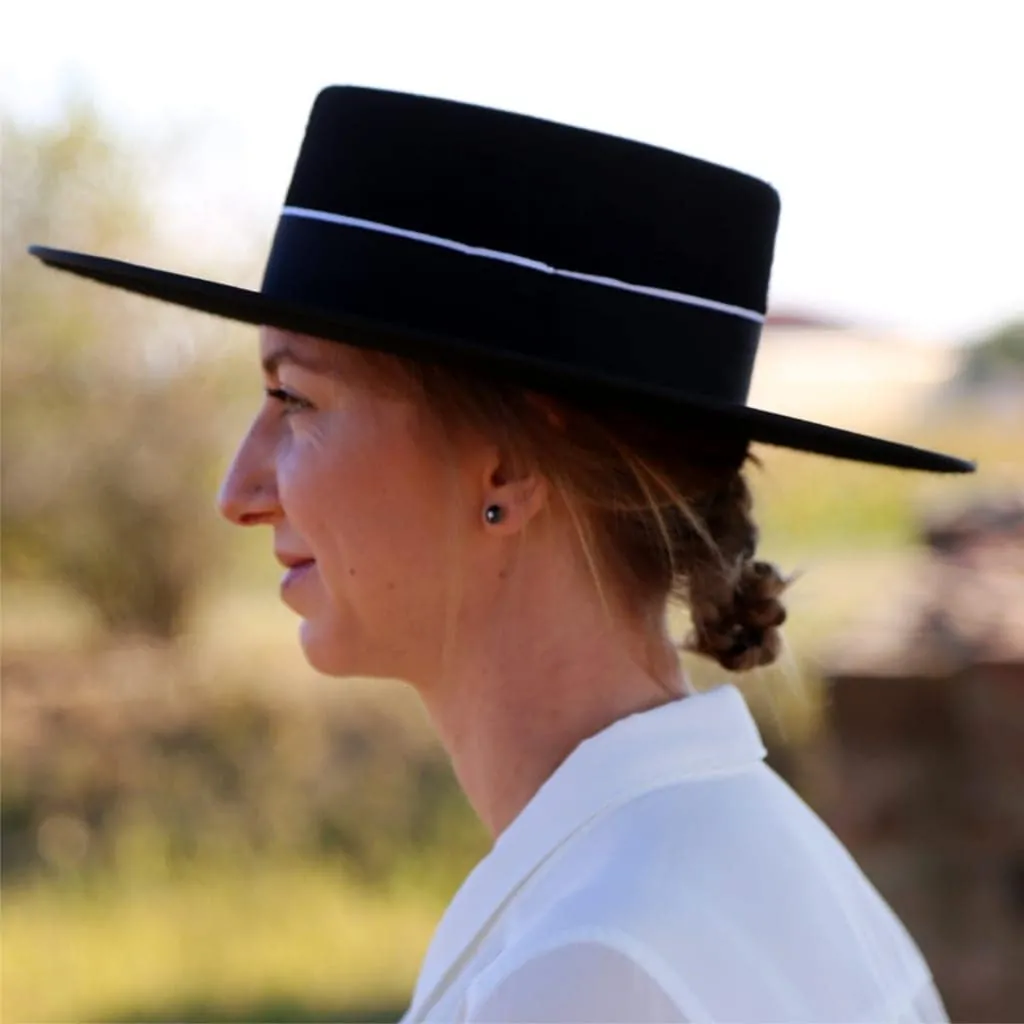
A hat with a round, wide brim is typical. It protects you from the sun while riding and also looks good.
The following articles go particularly well with Iberian riding styles
Tips from the Picadera community
